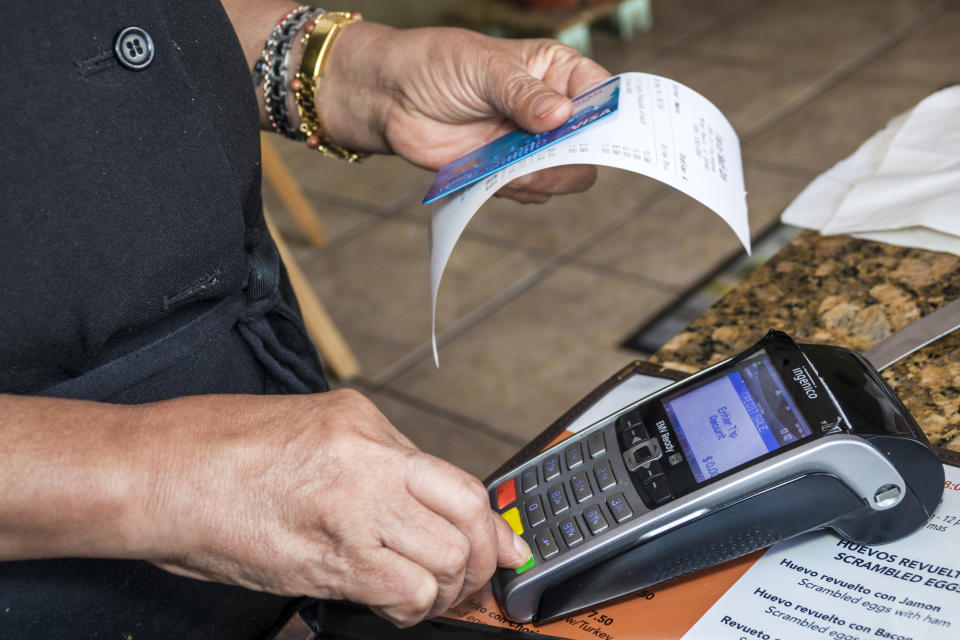New credit score tool predicts if you can bounce back in a recession
As lenders tighten their qualification standards and credit card issuers approve fewer new customers, a new credit score tool from FICO could help lenders determine if you’re a safe bet in uncertain economic times.
FICO, the developer of the most widely used credit score, introduced a new Resilience Index that measures your financial resilience during a recession that could help — or hurt — your chances of getting approved for new credit.
Read more: What to do if you’re denied a new credit card
The index is based on research from more than 70 million credit files from the Great Recession that examined how consumers managed their financial obligations and responsibilities in an economically challenging time. Lenders could use the index rating in addition to a traditional credit score to determine who qualifies for a loan or credit card.

“The credit score is designed to just predict the likelihood of whether or not you're going to make a payment,” said John Ulzheimer, a credit expert who formerly worked at FICO and the credit bureau Equifax. “This resilience index is more about what is the likelihood of you riding out the economic downturn and continuing to pay your bills on time.”
How does the index work?
The index rates consumers’ resilience on a scale from 1 to 99. Those with a rating between 1 and 44 are considered the most prepared to weather an economic shift. Consumers who rank more resilient tend to have:
More experience managing credit,
Lower total revolving balances,
Fewer active accounts, and
Fewer credit inquiries in the last year.

The index will complement the industry standard FICO score, which uses your payment history as the No. 1 factor determining your score. The Resilience Index, by contrast, focuses on your utilization rate — the percentage of available credit that you use — and recent credit history.
Read more: How to build and establish credit: The full breakdown
“Now lenders can see what your debt looked like for the prior 24 months,” Ulzheimer said. “So it's very easy to tell if the trajectory of your debt is going up, if it's staying the same, or if it's going down.”
‘No tool is implemented immediately’
It will take time for lenders to use the new tool — if they adopt it — so consumers don’t have to worry about this particular index in the coming weeks or months, Ulzheimer said.
“In consumer lending, no tool is implemented immediately,” he said.“ It can take many years to obtain a critical mass of users because it takes so long to implement a new tool.”
Having a good Resilience Index rating requires much of the same financial habits as having a good credit score, according to Ulzheimer, so consumers don’t need to change what they’re doing if they already have excellent credit.
“In addition to paying your bills on time,” he said, “you would commonly tell consumers to only apply for credit when they actually need it, to pay off balances in full every month, to maintain low balances, to maintain fewer accounts with balances and to maintain low balances relative to your credit limits.”
Denitsa is a writer for Yahoo Finance and Cashay, a new personal finance website. Follow her on Twitter @denitsa_tsekova.
Read more:
Rich Americans' pullback in spending is hurting the economic recovery
Read more personal finance information, news, and tips on Cashay
Follow Yahoo Finance on Twitter, Facebook, Instagram, Flipboard, SmartNews, LinkedIn, YouTube, and Reddit.

 money
money 

